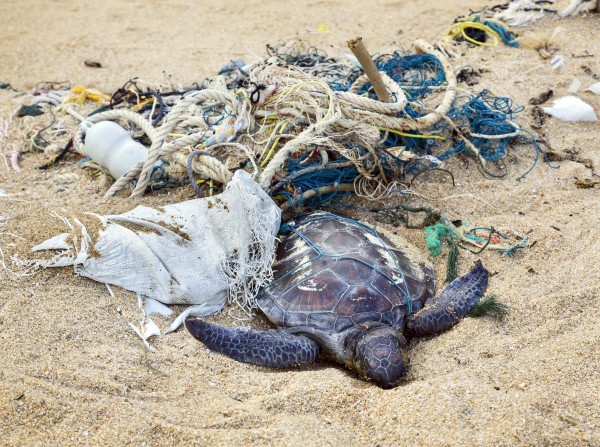

They are often incredibly colorful (and beautiful to us humans), which probably serves as a warning to potential predators. Nudibranchs feed on stinging animals like sea anemones and jellyfish, and are then able to appropriate the stinging cells into their own body for protection. Oftentimes, gently searching through algae will reveal one, although there are also several that are simply too small to be seen with the naked eye. These creatures are tidepool treasures and you can consider yourself lucky if you find one within the confines of a tide pool. They can be found worldwide in pretty much all benthic marine habitats down to a depth of about 2,500 meters.

Their name comes from the Greek words nudi meaning “naked”, and branch meaning “gill.” The frilly structure on their back are their exposed gills, while the pair of “ears” are rhinophores – structures that can sense chemicals and pheromones in the water. Nudibranchs are one of the most diverse groups of marine organisms.They are commonly (and mistakenly) referred to as “sea slugs.” Nudibranchs are actually marine gastropod mollusks which shed their shells after their larval stage. Another behavior that prevents desiccation is that they will grab pieces of rock and shell to form a sort of covering for their exposed peduncle. When the water recedes at low tide and exposed anemones, they will curl their tentacles into their body.


If this becomes too heated, one anemone may dislodge to find a more peaceful location.Īnemones can be found intertidally and subtidally. If two anemones grow too close, they will “fight” using specialized white-tipped stinging tentacles called acrorhagi.
#LIST 8 DIFFERENT MARINE LIFE FOUND IN TIDAL POOLS. FULL#
As cnidarians, they are related to sea jellies and corals. They are sessile organisms which during the larval stage will attach to a substrate and grow to full size. Named for a terrestrial flower, sea anemones are actually predatory animals contained within the order Actinaria. Predators of this abundant group include sea otters, although if the snails can avoid predation they can live for up to 200 years! ANEMONES This is used for protection, or to prevent desiccation as the tide pool water recedes. More marine gastropod molluscs! These snails are shelled, with an operculum that they can use to close the entrance to their shell. When waves are pounding the rocks, the chitons hunker down and are safe, thanks to their shell and powerful grip. When the water recedes below the high tide line and the sun beats down, these organisms can survive, again thanks to their shell which prevents too much moisture from escaping. This shell, and their ability to cling powerfully onto substrates in the tidal zone, were critical features in their success in this habitat, and they can be found abundantly in pretty much every tide pool. The articulation of the plates allows the animal to move over uneven terrain. Marine molluscs or chitons, with about 940 recognized species, are incredibly successful in the tidal zone, and are rarely found outside of it.Ĭhitons evolved a dorsal shell with eight interlocking plates embedded in a touch muscular girdle. Some humans also eat sea urchin – in Japan the gonads of the urchin are prized as food. This has proven to be problematic in areas like Southern California where the otter population are low, and urchins are overabundant. Sea otters keep the urchin population in check, which prevents the overgrazing of kelp, and keeps the whole ecosystem going. Some sea otters feed so exclusively on urchins that their teeth and bones become lavender-tinted from the purple pigment of the most abundant West Coast species of urchin! Their main predator is the sea otter, although several fish will also eat urchins. These creatures are herbivorous, constantly feeding on algae and sea grass with a five-tooth mouth piece called Aristotle’s lantern. Most people are pretty familiar with this echinoderm (the family of sand dollars, urchins, and sea stars) covered in protective spines. Get to know some of its coolest creatures: SEA URCHINS Tide pooling is one of the most adventurous ways to explore one of our blue planet’s most accessible and interesting marine habitats. As a result, tide pools teem with life to fill the many niches available. The complexity of tide pool habitats is high – owing to the micro-environments created by the variables of rock height, depth, etc. Organisms that have evolved to call it home are, by default, some of the most resilient creatures around. The tidal zone is one of the toughest ecosystems on the planet – experiencing massive changes in water level, temperature, sunlight, and wave action – all on a daily basis!


 0 kommentar(er)
0 kommentar(er)
